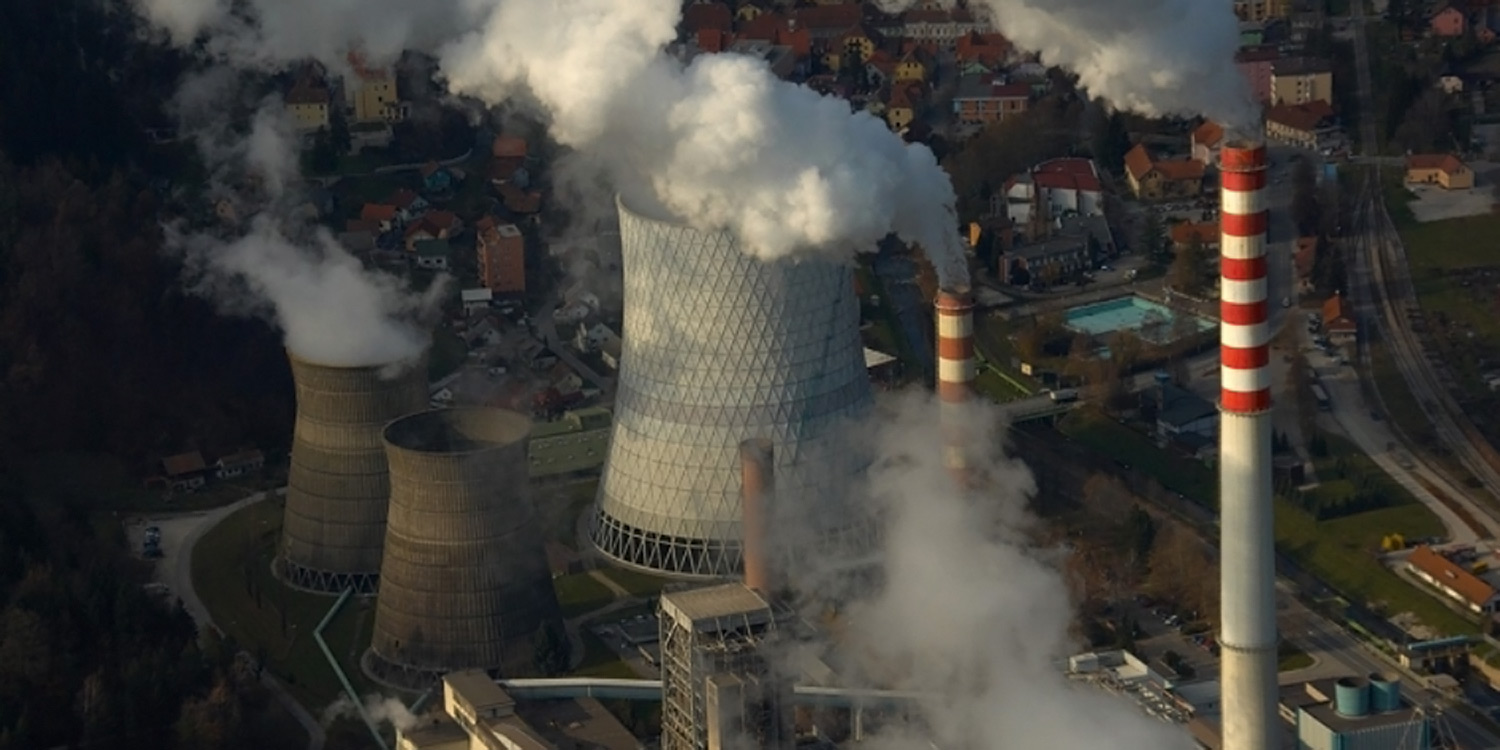The long-running saga of Slovenia’s overpriced Šoštanj 6 coal power plant took a dramatic turn last week when Slovene prosecutors filed charges including money laundering against 12 people and two companies. Meanwhile, in 2018, the Šoštanj power plant as a whole generated a net loss of EUR 58.5 million. Why are nearby Serbia and Bosnia-Herzegovina – both countries that are planning new coal plants – not learning any lessons?
Pippa Gallop, Southeast Energy Coordinator | 25 May 2020

Source: www.focus.si
Šoštanj unit 6 appeared on a government wishlist of infrastructure development projects back in 2006, at a time when Slovenia had no real energy strategy. At the time it was estimated that it would cost EUR 600 million, and extravagant promises were made about long-term employment in the nearby Velenje coal mine.
Initial concerns by civil society groups like Focus centred around the plant’s climate impact, particularly for a plant that was set to be financed with public money from the EIB and EBRD – European banks that should set high standards for financial markets to follow. However it later became clear that the plant was likely to become an economic liability as well.
An analysis carried out by consultants CE Delft in 2011 showed that the projected price of coal was unrealistic and that the project would be very sensitive to electricity prices.
The project rolled on, however, but in February 2012, the Slovenian Commission for the Prevention of Corruption issued warnings that the project had been designed and implemented in a non-transparent manner, lacked supervision and was subject to political and lobbying influences, and as a result there was a high risk of corruption and conflict of interest.
In 2013 it was reported that the final price of the project would most likely amount to EUR 1.43 billion, more than twice the initial cost cited.
After a lengthy investigation, in October 2014 ten people were charged with fraud in relation to the project.
From then until now, there has been very little news about the course of the investigation. But last week’s announcements revealed that the number of accused people is now 12, and that two companies – one Slovene, and one from abroad – have been subject to charges for 24 criminal offences. Unofficial information reported by the media suggests that the two companies are Slovenia’s Sol Intercontinental and France’s Alstom Power.
If there is one good thing that came out of the Šoštanj 6 case, it was that the EIB and EBRD learned that investing in coal was likely to come back and haunt them and virtually withdrew from the sector in 2013.
But meanwhile, Slovenia is saddled with the costs. The Šoštanj plant’s overall loss of more than EUR 58.5 million in 2018 was mainly due to low electricity sales prices, unchanged prices of coal and CO2 emissions prices, but no-one could say this was unforeseeable.
What was less expected was the cost to the public purse of alleged wrongdoing in the process of construction, estimated at 250 million euros. Two hundred and fifty million euros. Just think how many houses could have been insulated for that money, how many solar photovoltaics fitted, how many heat pumps installed…
The Šoštanj 6 case vividly illustrates the fact that lignite is no longer cheap, and that ignoring economic warning signs early on will most likely backfire later on. After ten years of watching Slovenia’s Šoštanj 6 debacle, it is galling to see Serbia and Bosnia-Herzegovina making similar mistakes with projects such as Kostolac B3 and Tuzla 7.
Both these projects exhibit glaringly incorrect economic assumptions at the heart of their feasibility studies, about carbon pricing – and, in the Tuzla 7 case, coal costs. They are a financial calamity waiting to happen, yet the respective governments are forging ahead. Can it really be that they really cannot see what is coming, or will we also soon be reporting on fraud charges in these cases?
Never miss an update
We expose the risks of international public finance and bring critical updates from the ground – straight to your inbox.
Institution: EIB | EBRD
Theme: Balkan coal
Location: Slovenia
Project: Coal in the Balkans | Sostanj lignite thermal power plant unit 6, Slovenia
Tags: BalkanCoal | Slovenia
